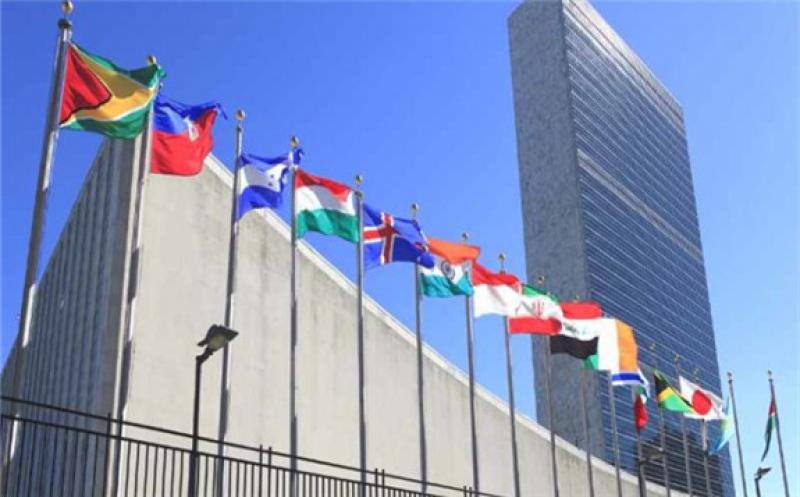The International Renewable Energy Agency (IRENA) and the Global Wind Energy Council (GWEC) have announced an agenda to ensure sustainable energy for all that helps the global battle against climate change.

At its heart is an ambition to increase substantially the share of offshore wind energy in the global energy mix by 2030.
The compact sets out a clear route to help governments make the fundamental changes required to achieve this ambition, and meet their own NDC goals.
IRENA and GWEC’s Compact will help ensure no country or region is ‘left behind’ by the sector, and make sure untapped resource potential is developed to help the world reach its 2050 goals.
The Compact sets a target of 380GW of energy from offshore wind, installed worldwide by 2030; by 2050 the target is 2,000GW of offshore wind installed worldwide.
IRENA and GWEC have set out how they will help achieve these ambitions. Through IRENA’s Collaborative Framework on Ocean Energy/Offshore Renewables, the groups will intensify governments understanding of offshore wind, as reflected in country NDCs, and by expanding membership of the Framework, more governments will be able to increase their interests in offshore wind.
The Compact states: “Given the project development and construction timelines for offshore wind, these interventions are urgently needed”.
The Compact will also see IRENA and GWEC assess the institutional and resource gaps to help the world achieve the 2030 and 2050 targets.
Twinned with an increase in outreach and dialogue with policymakers in countries new to offshore wind, these ambitions should help increase the geographical spread of the sector to help ensure the world’s 2050 target is met.
How does this Compact advance SDGs by 2030?
Affordable electricity: new fixed-bottom offshore wind capacity is forecast to become cheaper than new fossil fuel capacity early this decade, according to BloombergNEF.
Clean power for millions of homes.
Reducing carbon emissions and reducing air pollution: By replacing fossil fuel sources which can create smog, asthma and other health issues.
Boosting economic growth: A 500MW project can create 2.1 million days of work over its 25-year project lifetime.
Supporting energy security by reducing reliance on imported energy and fossil fuels, along with operating at high capacity factors and lower variability compared to other renewable energy sources.
Saving water as a displacement of water-consuming fossil fuel-based generation.
Ben Backwell, CEO at GWEC, said: “This compact sets out a clear framework to support world governments as they try to reach Net Zero targets. The rapid acceleration of offshore wind development in every region of the world is vital if we are to meet our collective objectives, and the message from IRENA and GWEC is clear: World leaders, the industry is here to help you make it happen.
“Offshore wind undoubtedly plays a central role in global decarbonisation plans – offering solutions for everything from reskilling workers to providing the technology to bring new solutions like green hydrogen to scale. However, these transitions will not happen without governments taking action, and this Compact will help world leaders do just that.”
Francesco La Camera, Director-General of IRENA, added: “Offshore renewables have the potential to meet more than twenty times of today’s global power demand.
“Particularly, offshore renewables constitute a critical pillar for decarbonising energy systems and fostering a global blue economy, supporting economic growth and climate resilience.
“IRENA and GWEC have been close partners for many years. Today’s joint Energy Compact is ambitious but I believe that by joining forces we can achieve the deployment of an additional 380GW offshore wind worldwide by 2030 and 2,000GW by 2050.”